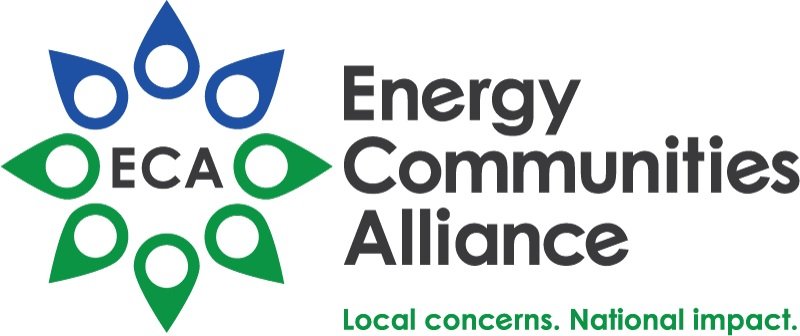Demystifying advanced nuclear at ECA, NIA briefing
On October 5, the ECA held a virtual briefing in collaboration with the Nuclear Innovation Alliance (NIA) on its latest publication - Advanced Nuclear Reactor Technology: A Primer.
Mayor Rebecca Casper of Idaho Falls, who heads the ECA New Nuclear subcommittee, welcomed meeting attendees to the latest in a series of webinars on new nuclear initiatives. She highlighted the NIA’s action-forward model of being a “think-and-do” tank, and noted that the primer provides an excellent guide for understanding the “why” that falls between these two steps.
NIA Executive Director Judi Greenwald then provided opening remarks on NIA’s mission and the purpose of the primer.
“We created this primer as a guide for media, Congressional and Administration staff, elected officials, folks like yourselves, and others to understand the rapidly evolving advanced nuclear energy space,” Greenwald said. “It’s intended as a “101” document to demystify advanced nuclear reactors and explain the characteristics of the most common types and designs.”
Greenwald also noted that she hoped the briefing would “spark some ideas about future collaborations between NIA and ECA members,” and that members would engage with NIA on future publications.
Next, NIA Project Manager Dr. Patrick White dove into the specifics of the primer, transforming the technical aspects of the document into relevant insights (no small feat for a topic as complex as advanced nuclear). He touched on the perceptions of conventional nuclear – employing a screengrab of the Simpsons’ Springfield Nuclear Power Plant – and how advanced reactors may move beyond older technologies to meet the energy needs of the future.
Highlights of the presentation also included an exploration of the benefits and considerations of various reactor coolants, fuels, and power options, as well as the “so what?” for communities behind each choice. White gave examples of current reactors that use combinations of the three factors before providing some closing remarks.
“I hope that this presentation has shown that understanding the underlying technology can help you understand what the propositions for advanced reactors are and some of the larger discussions around the technology,” White concluded.
Attendees then participated in an interactive Q&A session with the panelists. Questions included the role of thorium as a fuel alternative, the potential number of economically feasible standard reactors, the place for microreactors and small modular reactors in an evolving energy grid, changing supply chain needs for advanced reactors, the cost of nuclear for utilities, and how and when communities can get involved with advanced nuclear technologies.
Regarding community involvement, Greenwald remarked, “The sooner, the better. I think [ECA members] have been thought leaders on this. There is a bit of a history around development projects where developers want to build something, and then they have to try to convince the community it’s a good idea. Our hope is to work with the community to figure out what they need, and how they can be involved regularly and from the beginning."
